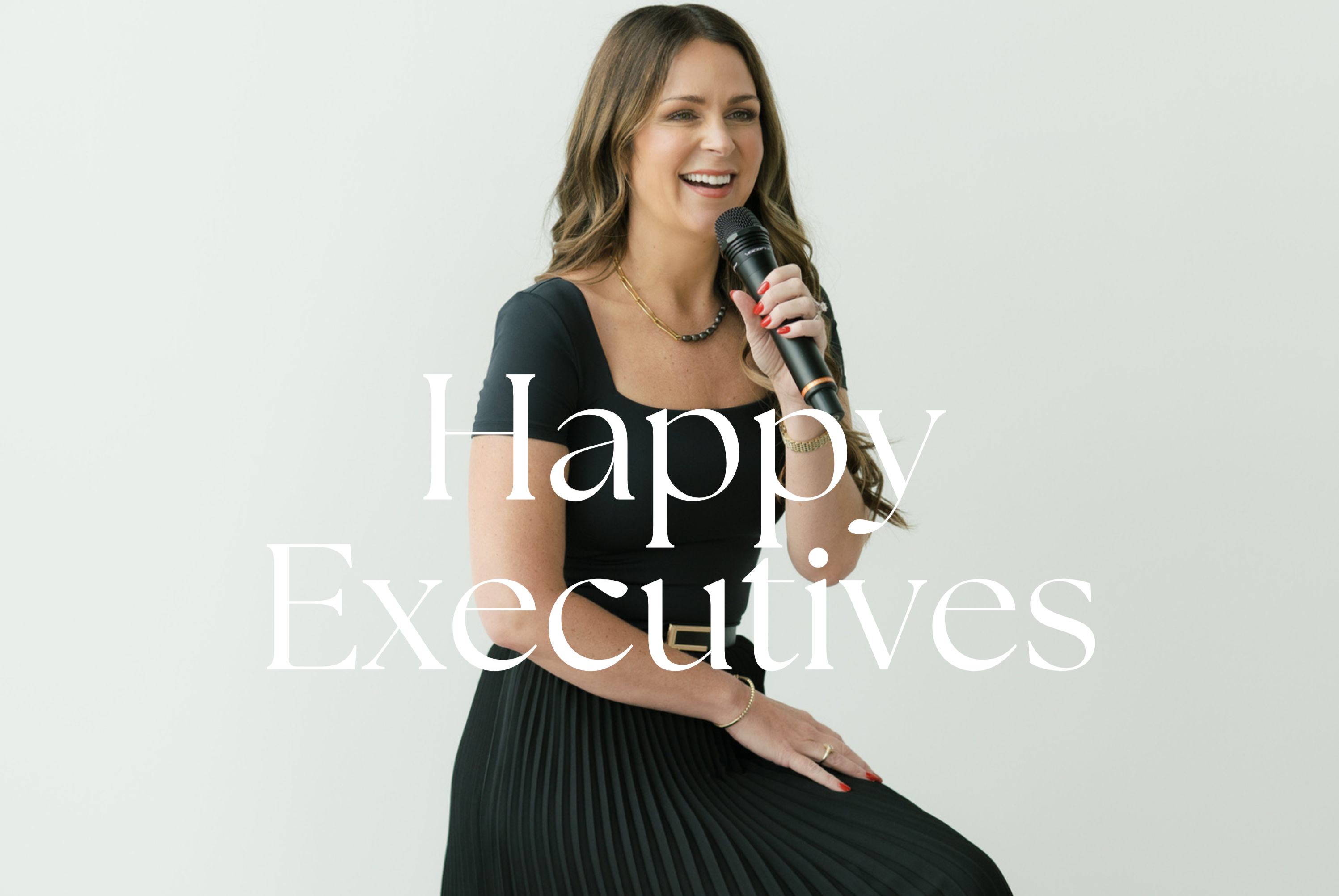Why this matters now
In 2026 the pace of leadership in corporate America keeps accelerating—remote/hybrid models, global teams, and high-stakes shifts in business strategy mean that capacity isn’t just about doing more—it’s about doing differently and loving your life. A recent McKinsey report noted that leaders who maintain clarity, focus and rituals contribute up to 30% more to revenue growth.
For high-performing executives in Chicago or Austin, the stakes are even higher: you’re competing in major business hubs, navigating leadership across time zones or in high-growth markets. The question isn’t whether you’re busy—it’s whether you’re effective.
The 4-Step Capacity Boost Guide
Each step below is laid out with definition, proof, tactical checklist, who benefits, and where it applies.
Step 1: Define What Capacity Really Means {#step-1-define-what-capacity-really-means}
What it is
Capacity is not just “work more hours” or “get more tasks done.” It’s the ability to produce high-impact results, sustain energy, and maintain clarity over time. It’s your “lane width” as a leader: how much you can carry while staying strategic.
Why it works
In my journey—from IHOP waitress to C-Suite exec—I discovered that capacity grew not when I worked harder, but when I defined the right work. I shifted from being busy to being leveraged.
How to apply it (tactical checklist)
- List the 3-5 biggest outcomes you’re responsible for this quarter.
- Identify time and energy “leaks” (meetings, messages, managing by crisis).
- Define one metric you can use each week to measure your capacity (ex: number of decisions made, number of strategic conversations initiated).
Who benefits?
Senior executives, high-potential leaders, anyone who feels like they have “too much to do and too little margin.”
Where does this exist?
Boardroom, leadership team routines, strategic planning sessions—any environment where you can shift from reaction to design.
Step 2: Identify and Eliminate Buffering {#step-2-identify-and-eliminate-buffering}
What it is
Buffering is the disguised form of avoidance: scrolling instead of starting, over-planning instead of executing, believing you need “just one more tool” before you begin.
Why it works
I let a year go by before launching my podcast because I thought I needed 45-minute episodes, perfect craft, etc. Two weeks of action later, we launched four episodes and I grew my audience faster than I ever expected.
How to apply it (tactical checklist)
- Track how many hours you spend prepping vs. doing each week.
- Choose one project that you’ve “planned too much” and pick a launch date this week.
- Every time you catch yourself saying “I’ll do it when…” ask: “What can I do today instead?”
Who benefits?
Leaders who feel stuck in “planning mode”, perfectionism, or procrastination.
Where does this exist?
Quarter-end launches, performance reviews, team restructuring, new product roll-outs—any “big thing” that becomes stalled by over-thinking.
Step 3: Build Your High-Value Cycle {#step-3-build-your-high-value-cycle}
What it is
A high-value cycle is when you’re in that “on-everything” zone: clarity, energy, focus, execution. Not just for a day—but prolonged stretches.
Why it works
Leaders who sustain high-value cycles outperform peers—they produce while others are patching fire after fire.
How to apply it (tactical checklist)
- Identify your peak hours (when are you most focused?). Protect them for high-impact work.
- Block at least one “deep-work zone” of 90-120 minutes daily for strategy/leadership vs. tasks.
- At the end of each week, review: Did I stay in the cycle > X hours? What drained me? What boosted me?
Who benefits?
Executives managing complex portfolios, rapid change, or multiple teams.
Where does this exist?
In strategic off-sites, resource planning sprints, leadership transition windows—spaces where your impact matters most.
Step 4: Embed Sustainable Rituals {#step-4-embed-sustainable-rituals}
What it is
Rituals are the repeatable systems, routines and boundaries that support your capacity. They become automatic, reducing decision fatigue, preserving energy and supporting long-term output.
Why it works
When you eliminate the mental clutter of “How will I start?” or “When should I finish?”, you free your brain to lead, innovate and respond. My life after my ICU wake-up call taught me that rituals aren’t optional—they’re foundational.
How to apply it (tactical checklist)
Commit to one weekly boundary: no email after 7 pm, or no screen more than X minutes after dinner.
Who benefits?
High-performers who feel constantly on, always “rescuing” or overloaded, or who struggle to switch off.
Where does this exist?
In your calendar, your team norms, leadership hand-offs, and in how you show up outside the boardroom.
Common Questions (FAQ)
Q1. How do I know if I’ve hit “overwhelm” versus just being busy?
Look for signs like constant fatigue, making little strategic progress, reactive mode instead of proactive, and actual personal cost (sleep, relationship stress, health). If you say “I’ll rest when this is done,” you’re in overwhelm.
Q2. I’m an executive and “always on”. How realistic is it to build capacity instead of just doing more?
Very realistic. Capacity isn’t about adding hours—it’s about being smarter, protecting key zones, and eliminating low-value work. As I’ve done—and coached others—you can don’t do more, you do differently.
Q3. What if my company culture doesn’t support blocking “deep work” zones or saying “no” to meetings?
That’s where leadership shows up. You set norms. You demonstrate results from protecting your focus. Over time you shift expectations. I help clients build communication scripts for exactly this stance.
Q4. How fast will I see impact?
Some leaders report shifts within 2–4 weeks (blocking time, tracking buffering). More sustainable change takes 90 days—so you embed rituals, adjust behavior, and make the new capacity your default.
Q5. Doesn’t slowing down risk being passed over or looking less “busy” to higher-ups?
Actually the opposite. Leaders who show clarity, forward momentum and high-impact work get recognized. Being “busy” is not the same as being leveraged. You want to look like someone in control, not overwhelmed.
Q6. Is this all mindset? Or are there tools and tactics too?
Both. Mindset sets the stage (you believe you can expand capacity). Tools and rituals make it real. I bring mindset + skillset + system in my coaching model.
30-Day Action Plan Checklist
- Define your 3–5 Q1 outcomes—write them down.
- Block two deep-work zones per week (90 minutes each).
- Audit your calendar for “buffering” behaviors—mark 3 recurring time drains.
- Launch one project you’ve been overdue on—set a live deadline this week.
- Choose one morning ritual (ex: strategy session) and one evening ritual (ex: wind-down review).
- Pick one meeting per day to “no-attend” or delegate for the next 2 weeks.
- Track your decision count: end of week, how many high-impact decisions did you make?
- Block “no-email” after 7 pm for one week—observe what happens.
- At the end of 4 weeks: review what’s working, what’s draining you, and adjust accordingly.
Ready to level up your performance + happiness in 2026?
Join my waitlist for the PH+ Lab or drop me a DM.
your coach, cheerleader, and accountability partner,
Career & Life Coach for Executives
Join Shayla’s Waitlist!

My 1:1 coaching roster is currently full, but if you’re ready to level up your Performance + Happiness, join the 5% Club Waitlist! While on the waitlist, I will send you free training so you have the lessons you need to be ready to start with us when opportunities open up. These concepts will give you immediate relief and help you improve Results, Relationships, and Rituals while you wait
Plus you’ll be the first to know when new coaching spots open up.

Be the first to comment